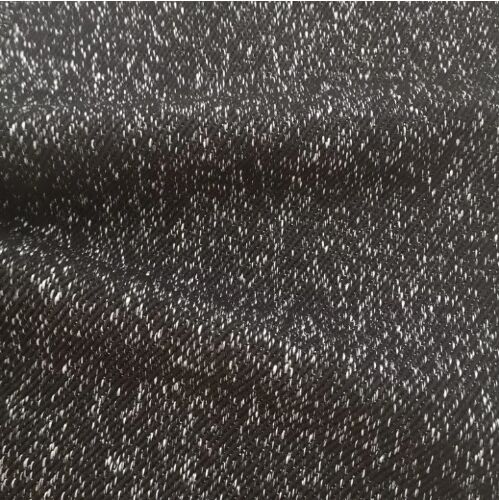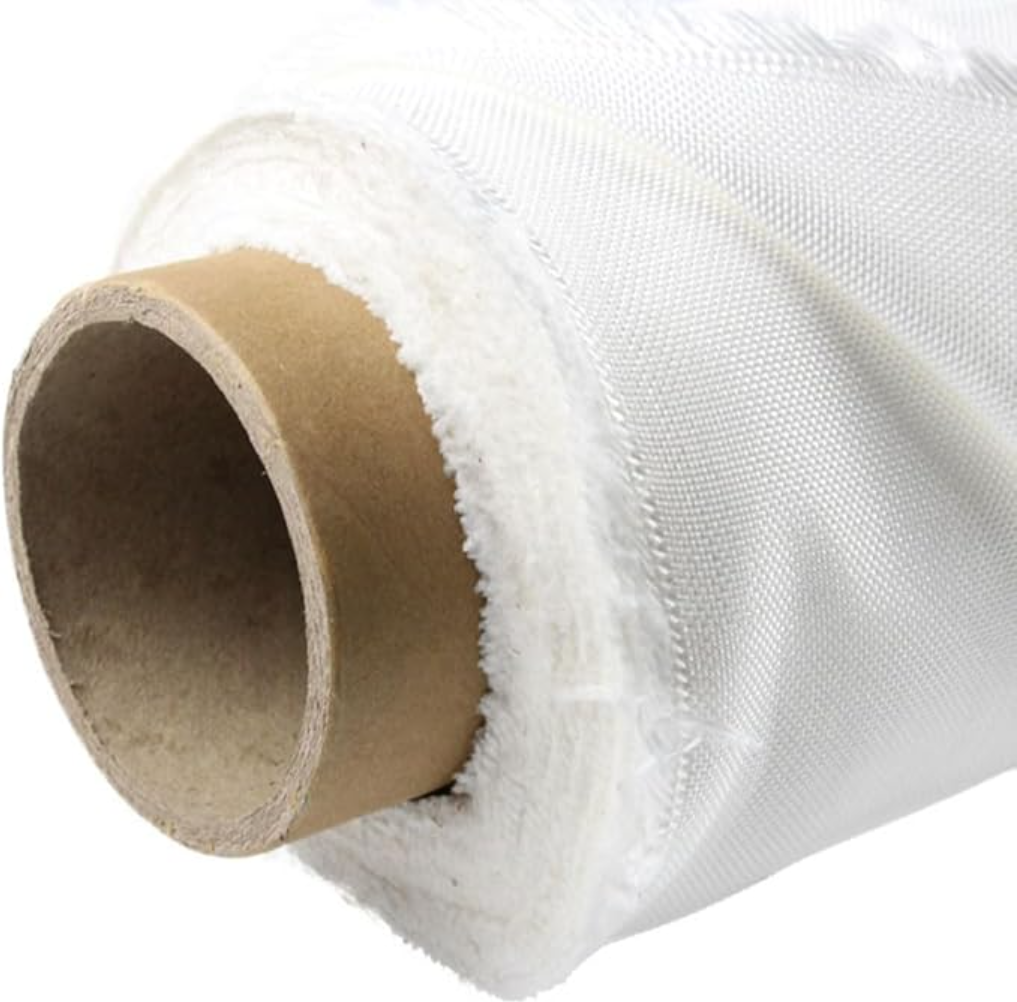Unlock Market Potential with Bite Resistant Fabric Wholesale
Emerging Market Trends in Bite Resistant Fabric Wholesale
Growing Demand Across Multiple Industries
Bite resistant fabrics are becoming really popular right now because companies across different fields care more about keeping their workers safe. Construction crews, hospital staff, and people working outdoors have been some of the first to start using these special materials for better protection on the job. According to a market analysis published recently, the bite resistant clothing business was worth around $1.2 billion back in 2024 and should hit approximately $2.4 billion by 2033. That means an average yearly increase of about 8.5% between 2026 and 2033. These numbers show just how important these fabrics have become for preventing injuries in dangerous situations. Workers in places like psychiatric hospitals and police departments especially benefit from this technology since they face unique risks every day.
People are starting to prefer materials that really perform well in the field. With all sorts of new developments happening in fabric tech lately, we're seeing a clear move toward greener alternatives too. The demand isn't just about stuff lasting longer or working better though. Many folks care deeply about reducing environmental impact these days. Fabrics today keep getting lighter weight without sacrificing strength, breathe much better than before, and now even come with cool extras like built-in bug protection that actually works. As both everyday shoppers and businesses put more emphasis on these kinds of features, the market for fabrics that resist bites should grow quite a bit. We'll probably see them show up everywhere from outdoor gear to medical uniforms in the coming years.
Role of Flame Retardant Fabrics in Safety Standards
Flame resistant fabrics have become essential for many industries trying to meet basic safety requirements these days. Companies are starting to include these materials in their standard safety practices, something backed up by rules set out by groups like OSHA. When businesses fail to follow fire safety laws, accidents happen all too often. Look at the statistics - workplaces that skip proper flame protection measures see far more serious incidents than those that comply. As a result, we're seeing more manufacturers and construction sites adopt these special fabrics as part of their everyday operations. The goal is simple really: reduce potential dangers while keeping workers safe on the job site.
New developments in flame resistant fabric tech make a real difference when it comes to keeping workers safe over time. Companies concerned about meeting OSHA regulations find these improvements particularly attractive. As rules get tighter across various industries, many organizations now spend more on quality fireproof materials for employee protection. The trend isn't limited to factories either - we're seeing this kind of gear show up in police departments, firefighting units, and even adventure tourism operations where sparks can fly. With ongoing innovations, manufacturers keep pushing boundaries beyond basic compliance requirements. Flame retardant clothing doesn't just stop accidents from happening; it gives workers actual confidence knowing they have an extra layer of defense against workplace hazards around the world.
Key Applications of High-Performance Bite Resistant Fabrics
Industrial Safety & Cut Resistant Glove Integration
Adding bite resistant materials to cut resistant gloves represents real progress in industrial safety equipment. Workers in meat processing plants, food manufacturing, and other environments where sharp objects and animals pose risks now get protection against both slicing dangers and unexpected bites. Factory reports tell a similar story across different sectors. Meatpacking facilities that switched to these combined protection gloves saw fewer hand injuries during busy production periods. According to recent industry data, workplaces using these advanced materials experienced around 30% fewer hand-related accidents last year compared to previous years. Beyond just preventing injuries, these gloves give employees peace of mind when handling dangerous tools or working near machinery, which ultimately leads to better productivity without compromising worker safety standards.
Fire Retardant Material Adoption in Protective Gear
Protective gear needs fire retardant materials for workers across many fields including firefighters, electricians, and those working on cars. These materials really do save lives by protecting people from burns and other dangers when fires break out. The rules around workplace safety have changed quite a bit lately, and companies now face strict requirements to use these special fabrics. Safety agencies keep publishing reports showing just how important this stuff is for worker protection. New developments in fabric tech mean better fire resistance without making suits too hot or restricting movement. That's why so many workers actually want to wear them despite being bulky sometimes. Getting familiar with how these materials work lets companies meet all the latest safety rules while keeping their staff safe on the job site.
Premium Bite Resistant Fabric Products for Wholesale Buyers
Dog Pet Fabric Bite Resistant UHMWPE Fabric
Dog owners looking for tough pet fabrics should check out the Bite Resistant UHMWPE Fabric that's causing quite a stir in the pet world right now. Made from ultra high molecular weight polyethylene, this stuff really holds up against those destructive chewers, especially when dealing with big dogs who treat everything like a snack. We're seeing more and more people ask for these kinds of strong materials because nobody wants to keep replacing chew toys every week. Market research shows the bite resistant fabric category is set for serious growth, mainly because manufacturers are finding new ways to incorporate it into their heavy duty pet products. Manufacturers report that customers love how long lasting these items actually are, which means fewer complaints and happier repeat buyers overall.
HPPE Anti-Tear Machine Woven Fabric (250gsm)
HPPE Anti-Tear Machine Woven Fabric stands out because it just won't tear, cut, or puncture easily, making it really useful for things like protective clothing and various industrial applications. What makes this fabric special is its strong polymer makeup, which actually beats regular fabrics at resisting wear and damage from harsh environments. People who work in tough conditions have been raving about how well this stuff holds up day after day. Take construction workers or warehouse staff for instance they need gear that lasts through rough handling. Regular materials simply can't match what HPPE offers when it comes to staying intact under pressure. That's why so many professionals reach for HPPE whenever their job demands something that won't let them down.
Multi-Purpose PE-Based Cut Resistant Fabric
Multi-purpose PE based cut resistant fabric has become quite popular in many different areas including industrial workwear and outdoor gear. What makes it stand out? Well, the PE construction offers excellent protection against cuts yet stays surprisingly light on the body. This combination explains why hikers, construction workers, and others need it so much they want freedom of movement but still need real protection. We can see this fabric gaining ground everywhere these days. Manufacturing plants are starting to stock up on it, logistics companies are switching their worker uniforms, and even some outdoor brands have begun incorporating it into their product lines. For people buying in bulk, this material represents both quality and flexibility at once.
Technological Advancements in Fabric Production
Innovations in Waterproof Fabric Coatings
Waterproof fabric coatings have come a long way lately, making fabrics perform better without all the extra weight we used to get. New stuff on the market now includes nano tech coatings that keep water out really well but still let our skin breathe and move freely. Hikers and campers notice this most when they wear jackets or pants made with these materials during rainstorms. The gear stays light enough so nobody feels burdened by it. Plus there's something going on with green initiatives too. Many manufacturers are starting to use plant based ingredients instead of harmful chemicals in their waterproof treatments. Some folks in the business say what we'll see next is fabrics that break down naturally after years of use, along with production methods that waste fewer resources overall. This shift toward greener options makes sense for both planet and pocketbook.
Enhanced Durability Through Polymer Blending
The mixing of polymers is changing how durable fabrics really are, resulting in materials that hold up against damage much better than what we've traditionally seen. When manufacturers blend various types of polymers together, they end up with fabrics that are strong, stretchy, and able to handle all sorts of environmental challenges without breaking down. Some tests indicate blended fabrics last way longer compared to regular ones, which explains why they're becoming so popular in tough environments where materials need to stand the test of time. Take a look at companies actually using this tech and there's clear evidence of improved performance across everything from clothing items right through to heavy duty industrial textiles used in construction sites. What all this means is pretty straightforward: new materials matter a lot when it comes to making sure our fabrics don't fall apart after just a few uses.
Selecting the Right Bite Resistant Fabric Wholesaler
Certifications for Fire Retardant Material Compliance
Getting proper certifications matters a lot when it comes to making sure fabric materials actually stand up to safety requirements for resisting flames. Wholesalers really need to focus on getting those important certifications like NFPA 701 or ISO 6940. These aren't just fancy labels - they show fabrics have been tested and proven to resist catching fire while meeting global safety benchmarks. When customers see these marks, they feel better knowing what they're buying has been properly checked out. We've seen plenty of problems happen when companies skip this step. One textile factory had to shut down after an inspection found their materials didn't meet basic fire safety rules. Getting certified isn't just about ticking boxes either. It helps keep workplaces safe, builds customer confidence over time, and most importantly keeps businesses from facing expensive lawsuits down the road.
Bulk Order Customization Capabilities
Bulk customization is becoming a big deal in the fabric wholesale business these days because it helps build real connections between wholesalers and their retail customers. More companies want fabrics customized with special colors, interesting patterns, maybe even certain performance characteristics so they can satisfy what buyers actually need without headaches. Getting products right for what people want matters a lot when trying to keep up with changing tastes and what's hot in stores. Take the partnership between some major fabric suppliers and smaller boutique brands as proof. When wholesalers work closely with these niche players on custom designs, everyone wins. The result? Product lines that stand out from the crowd, hit current market needs head on, and ultimately make those boutique brands look better in front of their own customers.

 EN
EN








































